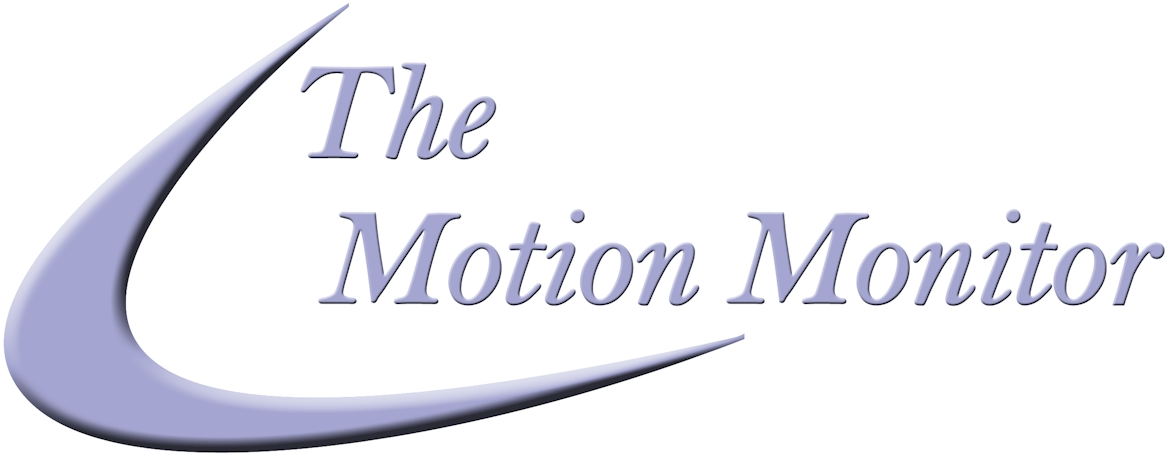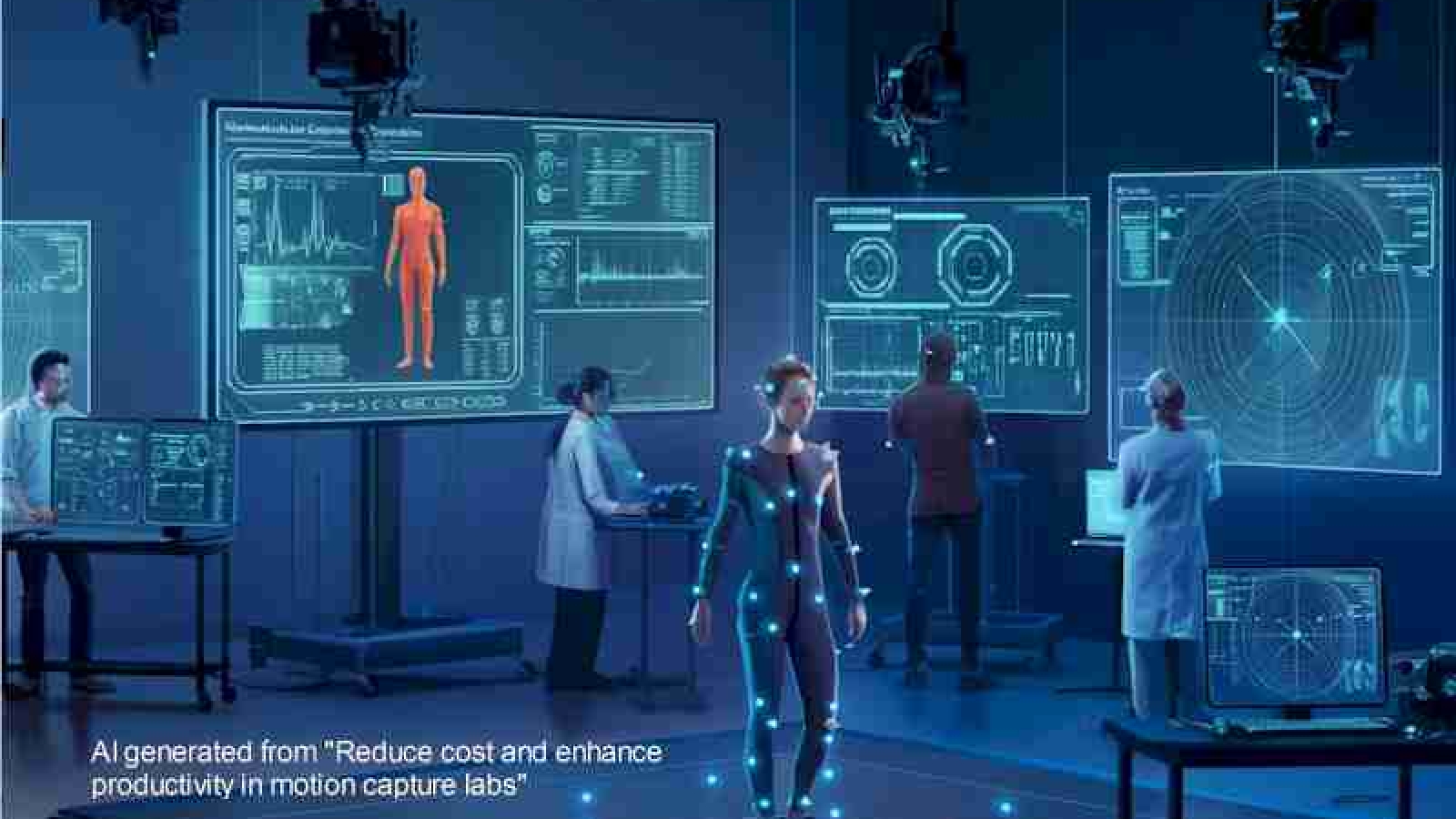Cut Costs & Improve Efficiency with Motion Capture Solutions
Introduction
Launching a new research lab is a significant undertaking, with numerous costs and considerations. While we’ve detailed a comprehensive breakdown of these expenses in the appendix, we want to highlight how our unique approach can significantly reduce costs and simplify the process for department heads and researchers.
Our approach begins with understanding not just your current research goals but the next steps in your research journey. This ensures:
-
- Future-Ready Lab Spaces: Spaces are designed to accommodate today’s equipment and tomorrow’s upgrades, avoiding costly retrofits.
- Streamlined Equipment Selection: With 30 years of experience in assembling turnkey systems, we know which brands and components integrate seamlessly – and which don’t. This guarantees smooth upgrades and compatibility as your research evolves.
- Future-Ready Lab Spaces: Spaces are designed to accommodate today’s equipment and tomorrow’s upgrades, avoiding costly retrofits.
Why a Turnkey System is More Cost-Effective
We often hear concerns about the perceived cost benefits of a component-based approach. While negotiating directly with vendors might seem like a way to save, the reality is often quite different. Here’s why:
-
- Competitive Pricing: We price all components at the vendor’s standard “street” price, ensuring no direct-purchase advantage. Any discounts vendors offer are passed on through our OEM agreements.
- No Redundancy: Turnkey systems eliminate unnecessary or redundant components often included in stand-alone equipment.
- Integrated Software Savings: Stand-alone systems require added software and integration, which is more expensive and time-consuming than our pre-installed, end-to-end software.
The MotionMonitor xGen Lowers Operating Cost
Our flagship solution, The MotionMonitor xGen, delivers unparalleled efficiency and cost savings:
-
- Simplified Hardware Management: Select hardware configurations unique for each study from an intuitive drop-down menu.
- Seamless Integration: Automatic synchronization eliminates the delays and errors that occur when synching data from disparate hardware and software systems.
- Real-Time Data Validation: Catch and correct outliers or issues before the subject leaves, avoiding costly rescheduling.
- Accelerated Data Analysis: Built-in analytical tools reduce the time from collection to hypothesis testing.
Comprehensive Engineering Support
Engineering support is designed to lower costs by addressing the unique needs of both large and small institutions.
-
- Technical Support: Ensuring fast setup, the ability to collect data on day 1, and annual training refreshers for new lab members.
- Application Guidance: Tailored advice to optimize study design and execution.
By choosing a turnkey system, you reduce acquisition costs, accelerate your time to first data collection, and simplify the entire process of designing, building, and operating your research lab.
Mona
Appendix – Budgeting Considerations
1. Laboratory Space and Infrastructure
-
- Rent/Lease: Cost of renting or leasing the lab space (if applicable).
- Utilities: Electricity, water, heating, and cooling.
- Renovation/Setup: Modifications to the space to accommodate research activities (e.g., partitioning, flooring, electrical work).
2. Research Equipment and Technology
-
- Biomechanical Equipment: Motion capture systems, force plates, pressure sensors, treadmills, resistance machines, etc.
- Electromyography (EMG) Systems: For muscle activity monitoring.
- Gait Analysis Systems: Tools for studying walking patterns.
- Balance and Posture Monitoring Tools: Devices like force platforms, balance boards, or stabilometers.
- Clinical Equipment: Diagnostic tools, such as goniometers or range-of-motion devices.
- Rehabilitation Equipment: Therapeutic equipment such as electrical stimulation units, ultrasound therapy devices, or cryotherapy machines.
- Data Acquisition Systems: Software and hardware for collecting and analyzing data from the above devices.
- Computers and Software: High-performance computers, data analysis software (e.g., MATLAB, SPSS, or The MotionMonitor xGen), and software licenses for any specialized applications.
3. Consumables
-
- Electrodes and Sensors: Consumables for EMG or gait analysis setups.
- Replacement Parts: Regularly replaced items like cables, batteries, or printer ink.
- Medical Supplies: Bandages, therapeutic devices, etc.
4. Personnel and Training
-
- Salaries: Research assistants, lab technicians, or postdoctoral researchers.
- Training: Costs associated with training researchers and lab staff in the proper use of equipment and techniques.
- Consultants or Specialists: If expertise is needed for specific equipment or research design.
5. Ethical and Regulatory Compliance
-
- Institutional Review Board (IRB) Fees: For approval of human subject research.
- Licensing/Certifications: Depending on the equipment, there may be costs related to certifications or regulations (e.g., FDA or CE mark for medical devices).
- Insurance: Liability insurance for research activities and equipment.
6. Maintenance and Calibration
-
- Equipment Maintenance: Ongoing maintenance costs for specialized research equipment.
- Calibration Services: Regular calibration to ensure data accuracy for devices like force plates or motion capture systems.
7. Facility Management
-
- Cleaning Services: Regular cleaning and sanitizing, particularly if the lab deals with medical supplies or biological research.
- Security: Alarms, cameras, and security personnel, especially if the equipment is expensive or sensitive.
8. Disposal and Waste Management
-
- Disposal of Biological/Medical Waste: Proper handling and disposal costs for waste like used bandages, electrodes, or potentially hazardous materials.
- General Waste Disposal: For any non-hazardous waste generated during experiments.
9. Miscellaneous
-
- Travel Costs: If the research involves travel (e.g., field studies or conferences).
- Publication Fees: Costs related to publishing research findings (e.g., journal submission fees, open access fees).
- Conferences and Networking: Attending or organizing events to share research outcomes.


